An efficient development process
How 3D printing is speeding up our prototyping process
Fast, flexible and individual: With these characteristics, 3D printing is the ideal method for a successful and fast product development process. At our production site in Oelde, we have therefore been using 3D printing for a long time to make development processes particularly efficient and to constantly optimise wire mesh fabric production.
Areas of application
We use 3D printing to produce various components for our own production machines and thus constantly optimise our manufacturing processes. Furthermore, thanks to 3D printing, we are able to create and test individual prototypes at short notice. Our customers benefit from the advantages of 3D printing just as much as we do as a company - because...:
The printed components are vivid and realistic.
Every development process is characterised by regular exchange and coordination. Concrete, three-dimensional and tangible view samples are worth their weight in gold as a basis for discussion: They can be used to check handling, test fabric finenesses and develop packaging options.
Printing processes & materials
Depending on the requirements of the component to be printed, we have two different printing processes at our disposal:
One of our printers works with the so-called FDM process (Fused Deposition Modelling). FDM is a layer-by-layer construction process in which thermoplastic material is heated and applied locally before solidifying immediately.
Furthermore, we work with the printing system from the company Hewlett-Packard (HP), which functions according to the MJF principle (Multi Jet Fusion). In this process, fine plastic powder made out of polyamide is heated locally and fused. The advantage of this process is very good attention to detail with high mechanical and thermal resilience in all directions.
The choice of the appropriate material also influences the properties of the printed component or prototype. First and foremost, we at Haver & Boecker use:
- High-strength ABS with a carbon fibre content, which is also used in many everyday applications - for housings for electrical appliances, for example.
- A weather and UV-resistant ASA that can also be used for outdoor applications
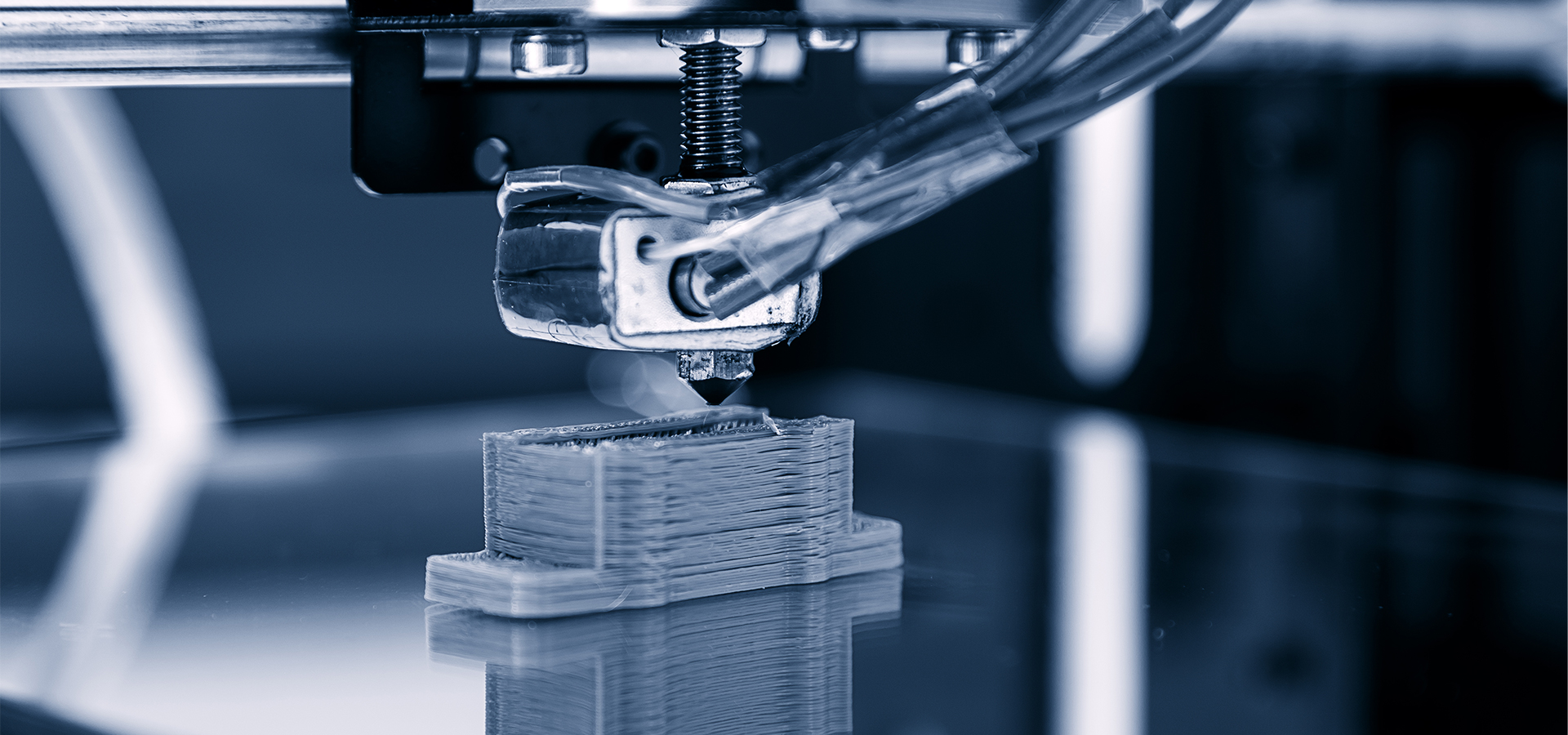
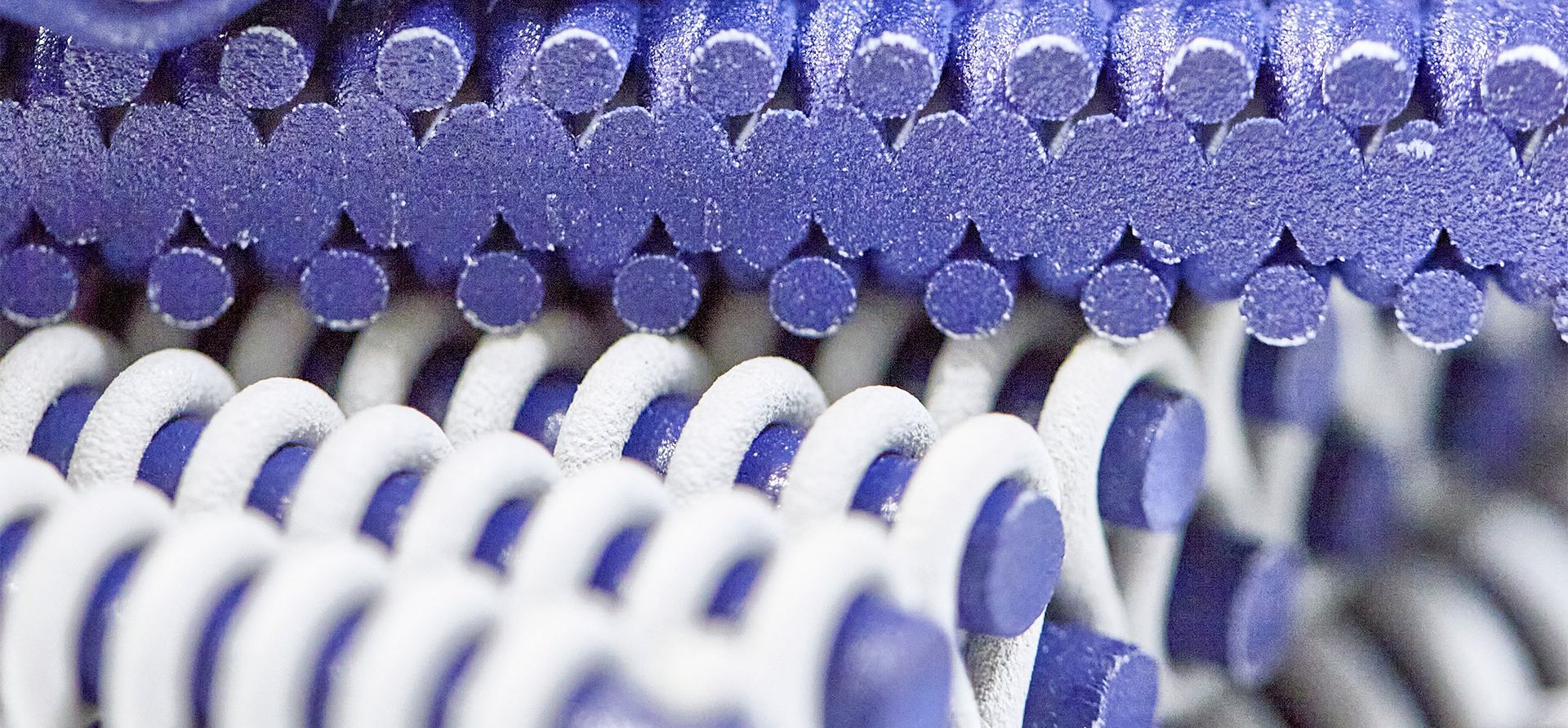
























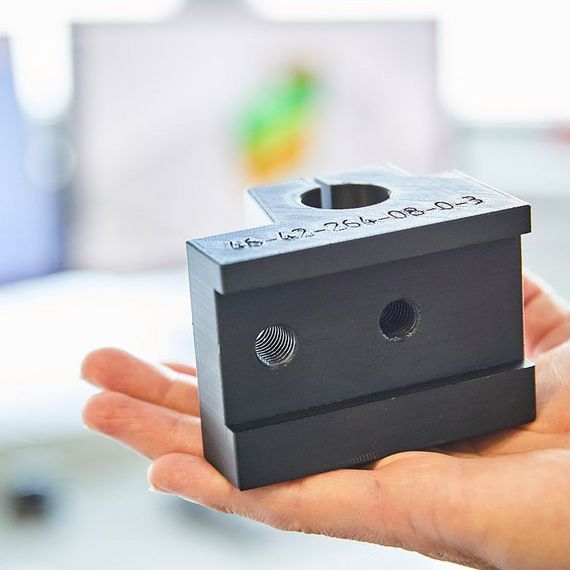
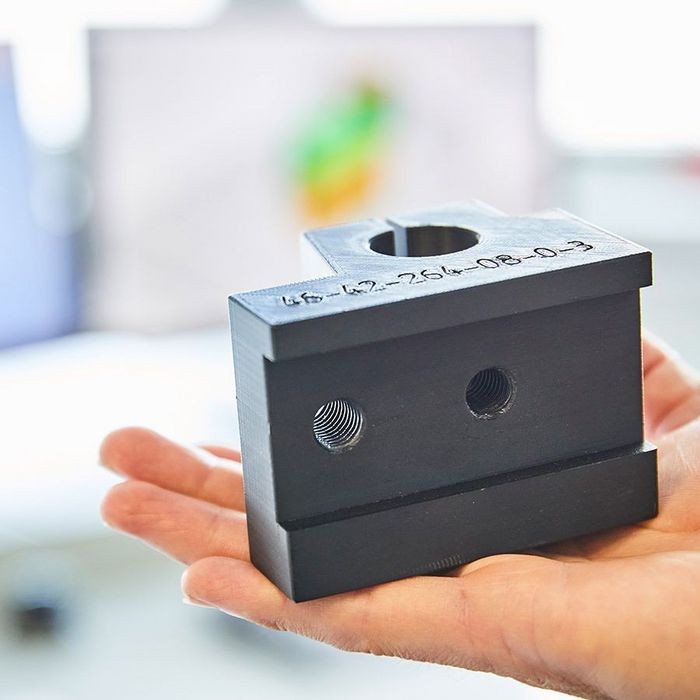
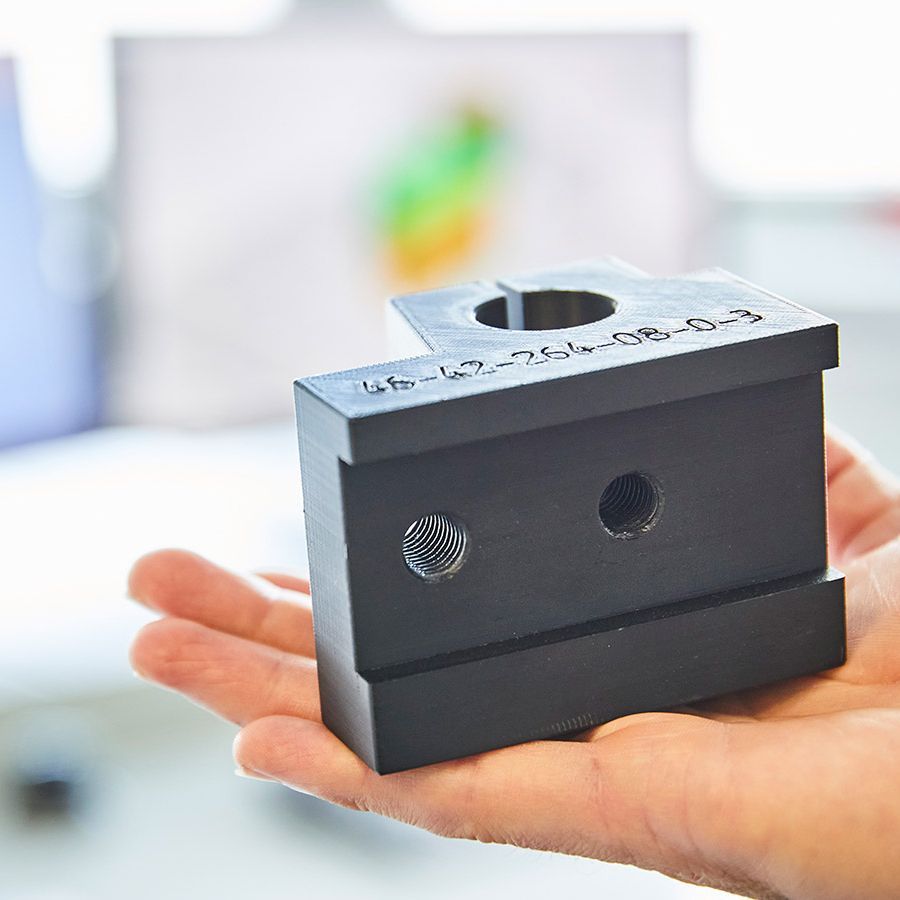
![[Translate to English:] Fachbereich Filter und Formteile](/fileadmin/HaverBoecker/DieDrahtweber/01_graphic/Profilbilder/Profilbild-FuF.png)